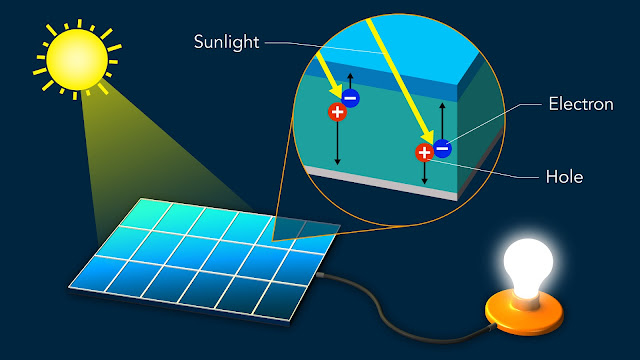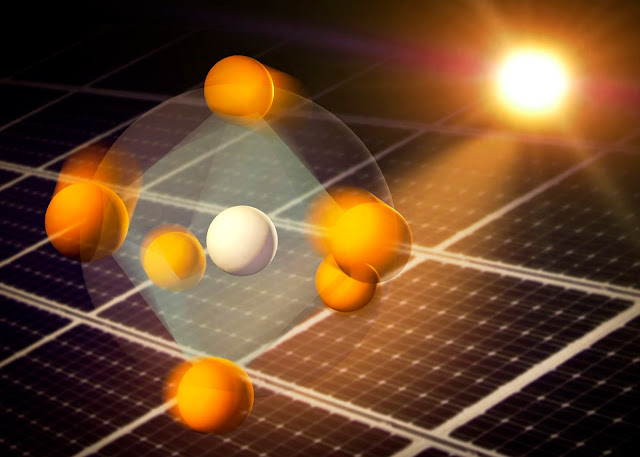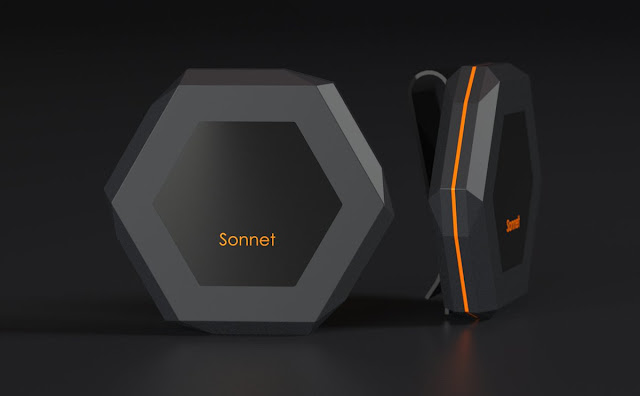Google Knows A Lot About Users
In the present scenario, our lives have become more assimilated online than ever before. We tend to interact with families and friends online through social media, emails etc. We also tend to conduct business through difficult, data-driven channels and inventions due to which the culture that we encounter online seems to be essentially connected to what we seem to encounter in real life.
Google being the most popular search engine platform has most of the users utilising its services. It is a known fact that Google tends to know a lot about the user. A major section of the search engine industry model depends on advertising and in order to be successful it requires to know who you are.
Google does not makes an issue regarding its in-depth knowledge of its users however at the same time it does not even tend to keep it undisclosed. Users could get to know how to find out what Google seems to know and take control of your data.Perhaps the least surprising is that Google tends to have all of the search history stored up.
You could follow these guidelines:
If the user prefers not have a list of the search queries stored up, he could go to the history page of Google, click Menu which are the three vertical dots and then hit Advanced - > All Time -> Delete.
If the user desires to stop Google tracking your searches for good, go to the activity controls page and toggle tracking off.
Voice search-saving habits of Google have several times been reported. Those who tend to use voice search or the voice-activated assistant of Google their searches have been stored by Google Now so that more relevant ads are served and the search features are steadily enhanced, the same manner one expects from regular Google search.
Many are not aware that these searches have been actually recorded which means that users are able to listen back to precisely what they have explored by listening to what they said and how they have said it.
If the user has utilised any of the opt-in voice features of Google for yourself, then go to the Voice & Audio Activity page of Google to review your voice searches and listen back the audio. A warning of caution - this could be fascinating, funny or plain cringe-worthy.In order to erase this database of embarrassing searches, you could opt for one or more of the recordings from the check box near them and click `delete’ towards the top of the screen. Google also tends to keep a tab on your location besides recording your searches and your voice.
The location history or timeline page of Google tends to serve up a Google Map enabling you to choose specific dates as well as time and locate where you were. Its precision is based on whether the user were signed in their Google account and carrying a phone or tablet at that point of time. When a user tends to visit the timeline page they can go to setting component towards the bottom right-hand area of the screen and choose delete all from there. Besides this there is also another option to pause location history by going to the big button towards the bottom left area of the screen.However this one seems a bit trickier to get rid completely since to stop it occurring in future, one would need to choose out of both location tracking and location reporting with your device, regardless of running Android or iOS.
A more interesting area of checking out what Google tends to precisely know about the user is to go over its ad setting page where. If signed in Google account, one would see a profile which Google has built for you depending on your search history, YouTube history and interests. For instance, it could know that one is a female, aged 18-24 and interested in banking, consumer electronics, mobile phones, shooter games, rap and much more.
From this page there is a possibility to turn ad personalisation on or off. If the user tends to opt out of personalisation, the adverts which seem to follow you around the web – trainers, after one has searched for them once, will stop showing up. The ad network of Google operates on more than two million websites all across the world and restraining its knowledge regarding the user would make everything less disturbing
If, the user wishes to completely eliminate himself from the internet, then Swedish website Deseat.metends to utilise your Google account for assistance. Utilising OAuth protocol of Google enables third-party users to access your other accounts without knowing your password details, Deseat.me tends to bring up all your online as well as social media accounts, and permits the user to delete his accounts from them.
In order to delete it you could visit Deseat.me and edit your Gmail address. This will bring up all the online accounts that have been linked to that particular email address and enable the user to get rid of the same.






















